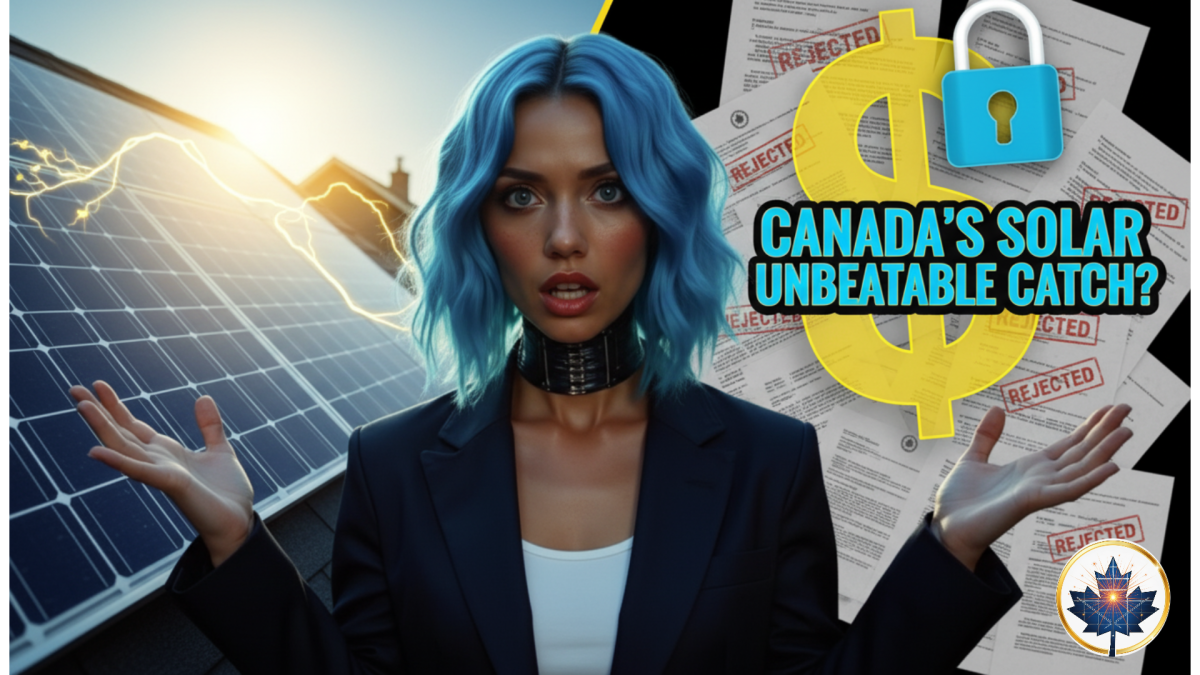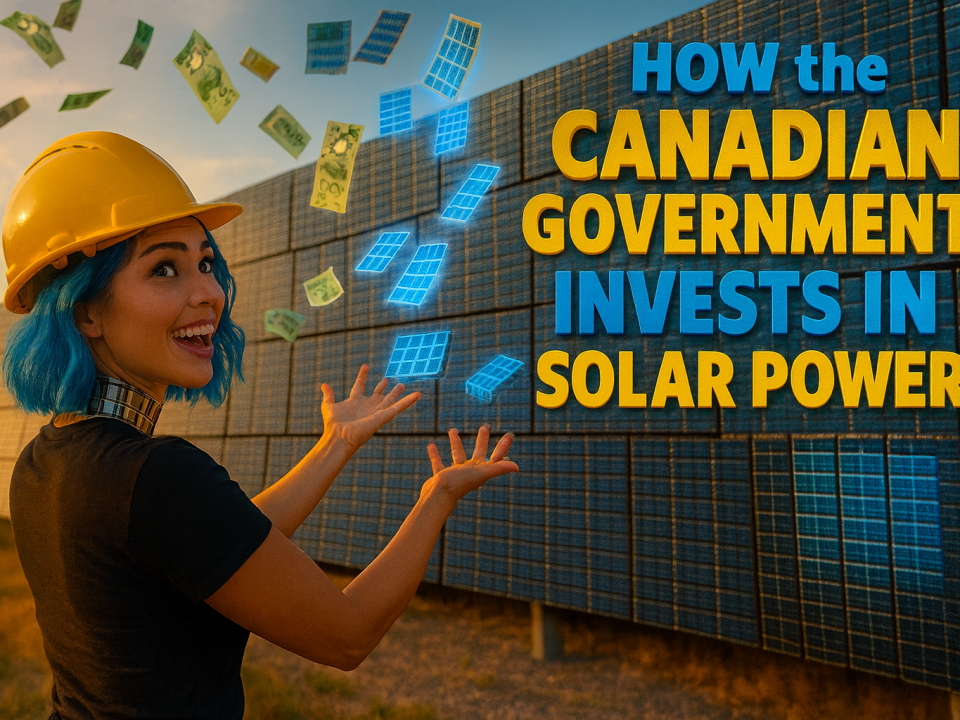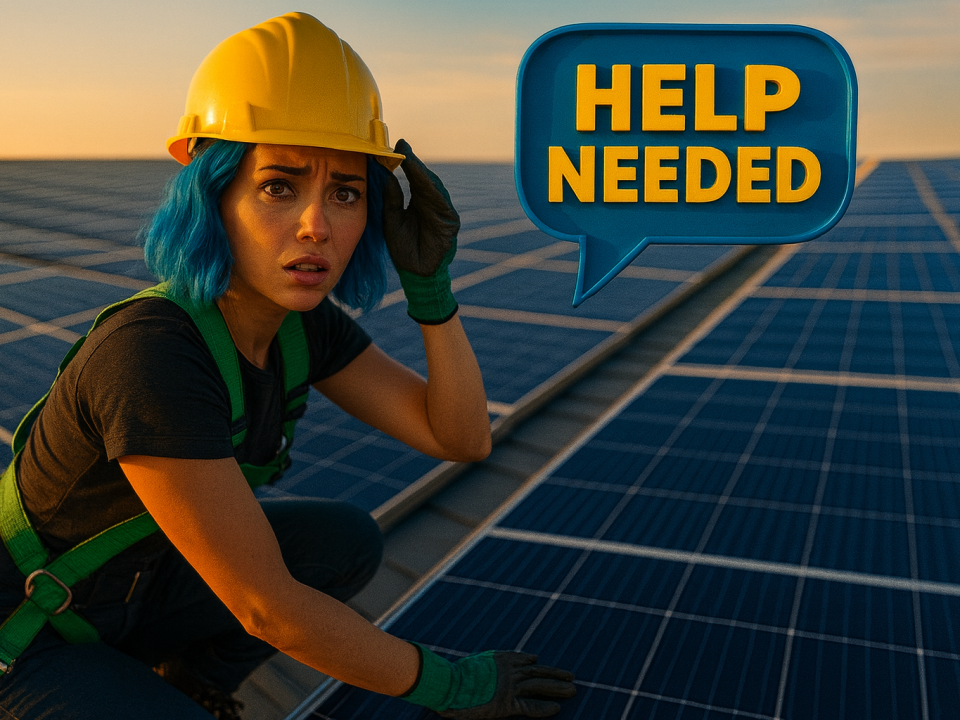
Is Canadian Solar’s New Tech a Game-Changer? The Real Price & Process Breakdown
September 11, 2025
Solar Panels Over Crops: What Canada Can Learn From Japan’s Breakthrough Study
September 15, 2025As the owner of SolarEnergies.ca, I’ve spent the last 12 years helping Canadians explore their solar options. I’ve seen the technology improve, prices drop, and government incentives become more attractive. Yet, a question I get almost daily is, “Vitaliy, if the deals are so good, what’s the catch?” It’s a fair question. The deals are real, but they’re being held back by some serious roadblocks. We have some of the best solar resources in the world, yet our adoption rates lag behind many other developed nations. Let’s break down what’s really going on.

The Financials: More Than Just the Sticker Price
The most significant barrier for most people is the upfront cost. While the price of solar panels has dropped by more than 50% over the last decade, the average home installation in Canada can still range from $15,000 to $30,000. That’s a lot of money for most families to come up with.
The federal government’s Greener Homes Grant, which offered up to $5,000 for solar installations, was a game-changer for many. In fact, Natural Resources Canada reported that as of January 2024, the program had issued over $1 billion in grants to more than 250,000 homeowners. The program was so popular that it stopped accepting new applicants in February 2024. While the grant’s closure left a gap, the accompanying interest-free Canada Greener Homes Loan of up to $40,000 is still available. However, reports suggest its funding is running low and may be depleted by the end of 2025, creating a real sense of urgency for homeowners.
Even with incentives, many homeowners still need to finance their solar projects. This is where things can get tricky. While some companies offer attractive financing options, not all are created equal. High-interest rates can eat into your long-term savings, and complex financing agreements can be difficult to understand.
A 2023 study by the Canadian Climate Institute found that while solar is becoming more affordable, the “soft costs” – such as customer acquisition, installation, and permitting – now make up more than 60% of the total price. These are the costs that financing is meant to cover, but they can also be the most difficult to manage.
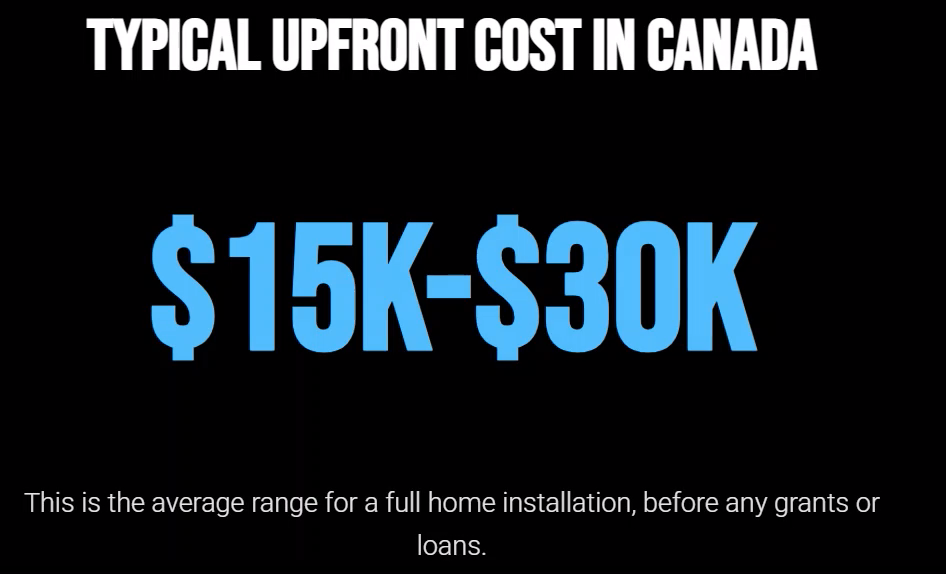
The Numbers Game: A Quick Look at Solar Costs and Savings
| Expense/Saving | Average Cost/Saving in Canada | Notes |
|---|---|---|
| Upfront Installation Cost | $15,000 – $30,000 | Varies by system size and location |
| Federal Incentives | Greener Homes Grant (Closed) | Previously offered up to $5,000 |
| Provincial/Territorial Rebates | Varies | Check your local government’s website |
| Annual Electricity Savings | $500 – $1,500 | Depends on system size and usage |
| Payback Period | 8 – 15 years | The time it takes for savings to cover costs |
Data compiled from Natural Resources Canada and industry reports.
As you can see, the financial picture is complex. While the long-term savings are significant, the initial investment and the complexities of financing can be a major deterrent for many.
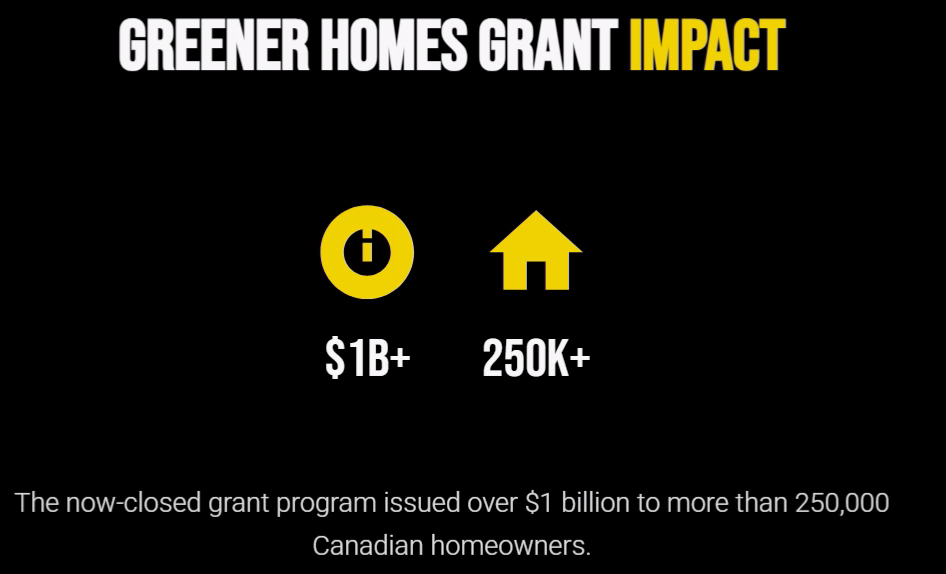
The Information Gap: Misconceptions and a Lack of Trust
The solar industry is still relatively new to many Canadians. As a result, there’s a lot of misinformation out there. Some common myths I hear include:
- “Solar panels don’t work in the winter.” (They do, and they can even be more efficient in the cold.)
- “Solar panels will damage my roof.” (If installed correctly, they can actually protect it.)
- “The technology is still too new and unproven.” (Solar technology has been around for decades and is incredibly reliable.)
These misconceptions can create a sense of uncertainty and mistrust. A 2022 survey by Abacus Data found that while 78% of Canadians support renewable energy, only 34% feel they have a good understanding of how it works. This information gap can make it difficult for homeowners to feel confident in their decision to go solar.
I remember talking to a homeowner in Alberta who was convinced that solar panels wouldn’t work in his area because of the long winters. I showed him data from his own city that proved otherwise, but he was still skeptical. It took several conversations and a lot of patience to help him understand the technology and feel comfortable moving forward. This is a common experience in the industry, and it highlights the need for better education and more transparent communication.
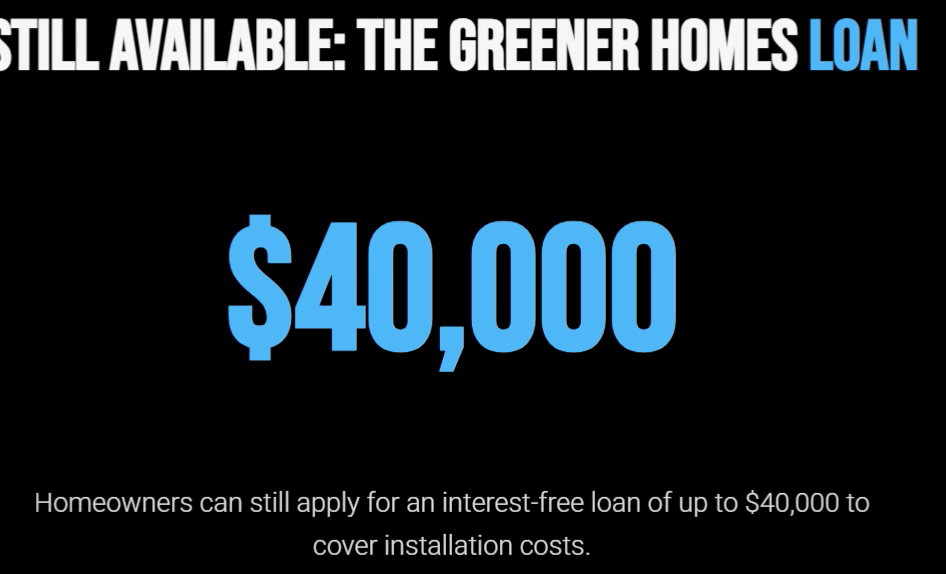
The Grid Connection: A Bottleneck for Solar Growth
Even if you have the money and the desire to go solar, you still need to connect your system to the grid. This is where many projects can get bogged down. The process for getting a grid connection can be slow and bureaucratic, with long wait times and complex paperwork.
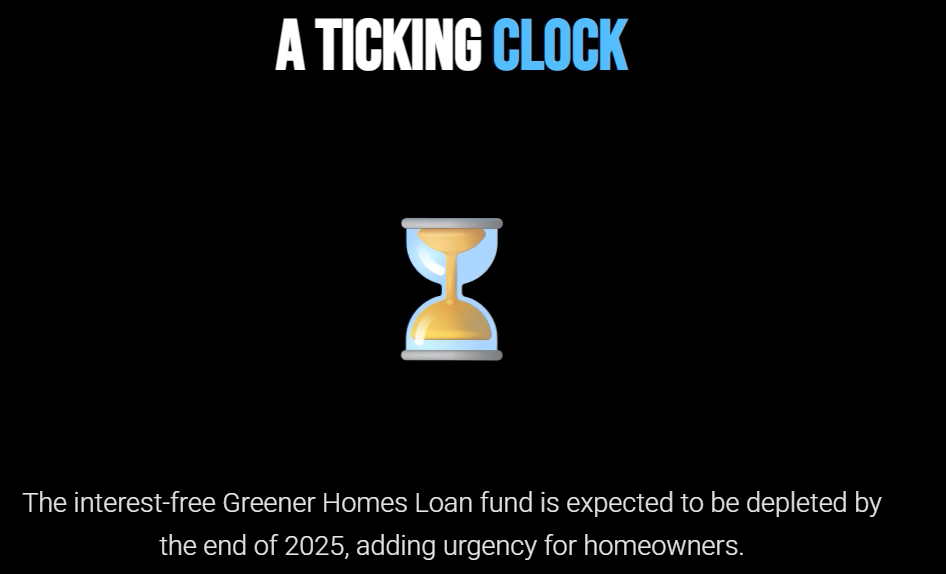
The Canadian Renewable Energy Association has called for streamlined regulations and a more efficient grid connection process. They argue that the current system is a major bottleneck for solar growth and that it needs to be updated to meet the growing demand for renewable energy.
A report from the Pembina Institute found that in some parts of the country, it can take up to a year to get a solar project connected to the grid. This is a major disincentive for homeowners, often caused by a lack of standardized rules across different municipalities and under-resourced utility departments struggling to keep up with applications.
“We need to make it as easy as possible for people to go solar. That means cutting red tape, streamlining the grid connection process, and providing clear and consistent information to homeowners.” – Dr. Sarah Petrevan, Policy Director at Clean Energy Canada
The Path Forward: How We Can Make Solar More Accessible
So, what can be done to address these challenges? Here are a few key strategies that I believe can help make solar more accessible to all Canadians:
- Bring Back and Improve Incentives: The Greener Homes Grant was a step in the right direction, but we need more long-term, stable incentives to help homeowners with the upfront costs. This could include a mix of grants, rebates, and low-interest loans.
- Invest in Education and Outreach: We need to do a better job of educating the public about the benefits of solar and dispelling common myths. This could include public awareness campaigns, workshops, and online resources.
- Adopt Digital Permitting and Standardize Rules: Municipalities and utilities could adopt proven solutions like online permitting platforms (like SolarAPP+ used in the U.S.) to automate approvals and create a single, clear set of interconnection standards to reduce confusion and delays.
- Support Local Solar Businesses: By supporting local solar installers and businesses, we can help to create jobs and build a more resilient and sustainable energy system.
Tip for Homeowners: When considering solar, get quotes from at least three different companies. This will help you to compare prices, services, and financing options. Be sure to ask about the company’s experience, warranties, and customer reviews.
The Future is Bright, But We Have Work to Do
I’m incredibly optimistic about the future of solar in Canada. The technology is better than ever, the costs are coming down, and more and more people are looking for ways to reduce their carbon footprint and save money on their energy bills.
However, we need to be honest about the challenges we face. By addressing the financial hurdles, closing the information gap, and streamlining the grid connection process, we can make it easier for all Canadians to go solar. It won’t happen overnight, but with the right policies and a commitment to education and innovation, I’m confident that we can build a brighter, cleaner, and more sustainable future for our country.

